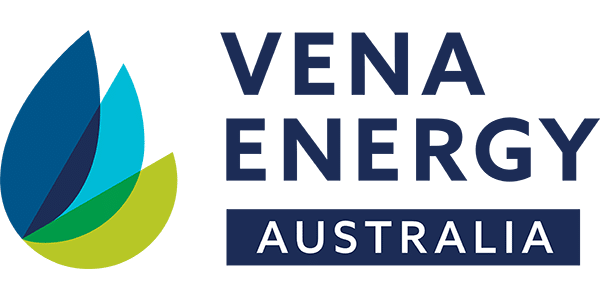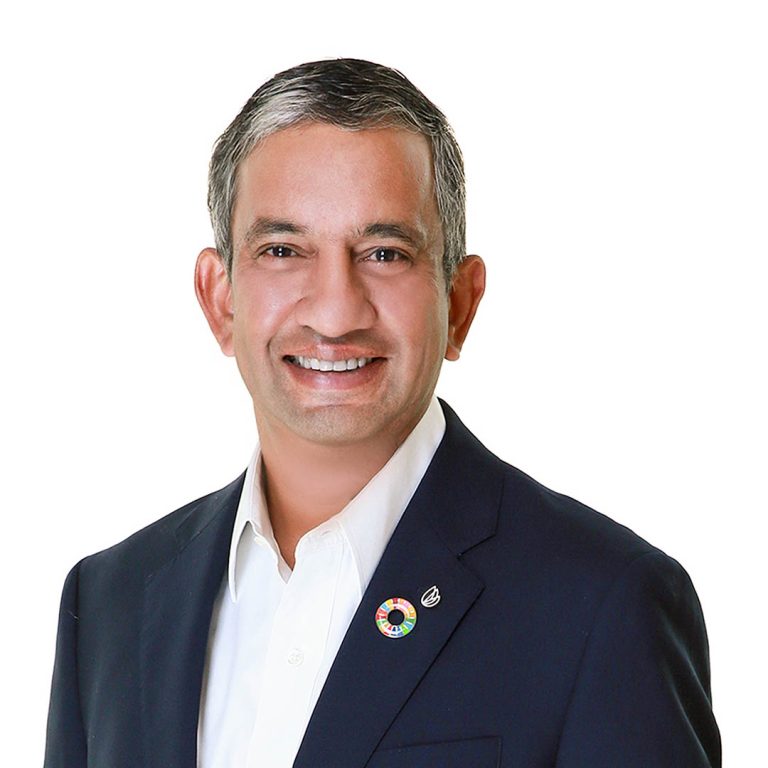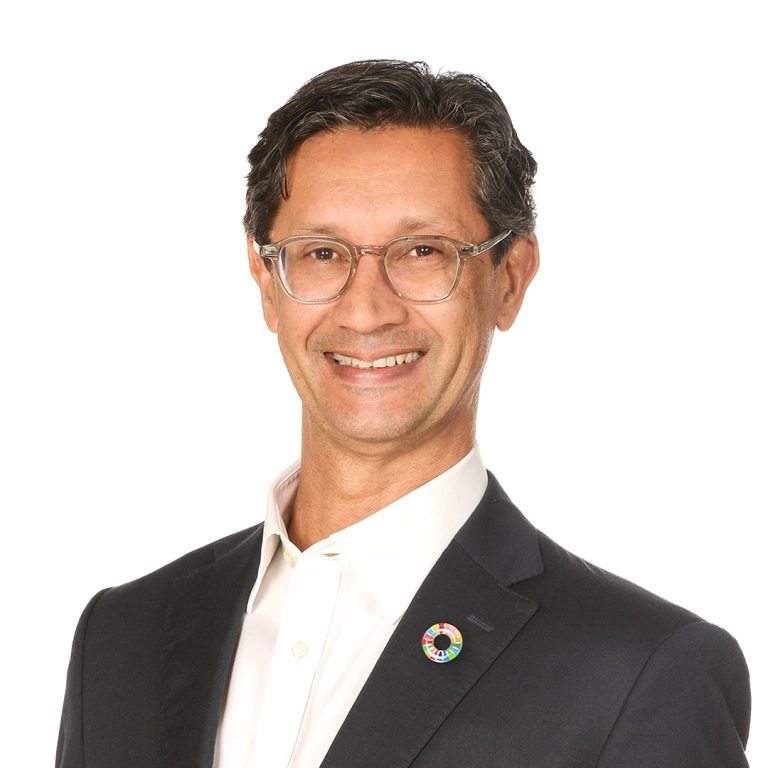OUR STORY
Vena Energy Australia is part Vena Energy, collectively we seek to accelerate the energy transition across the Asia Pacific region by delivering our renewable energy pipeline of solar, on and off shore wind, battery storage, green hydrogen, and hybrid assets.
PROFILE
VENA
NOUN
Latin for the vein which brings blood to the heart for renewal.
ENERGY
NOUN
Our corporate mission is to accelerate the energy transition across the Asia Pacific region, and we place the sustainable and affordable development of renewable energy solutions at the centre of our strategy.
We retain our competitiveness through vertical integration of our capabilities and geographical reach of our operations across Japan, North Asia & Australia, Southeast Asia, and India.
Our business model allows us to integrate sustainable and responsible development practices throughout the lifecycle of our projects, while maximising the quality and cost efficiency of the renewable energy solutions we provide to our customers.
We are committed to generating renewable energy that empowers and enriches local economies and communities.
Vena Energy is a portfolio company of Global Infrastructure Partners, a leading global independent infrastructure fund manager in the energy, transport and water/waste sectors. We take advantage of this scale and experience to deliver low-cost, clean energy for retailers and large energy consumers to support continued economic growth and the preservation of our environment in the Asia-Pacific region.
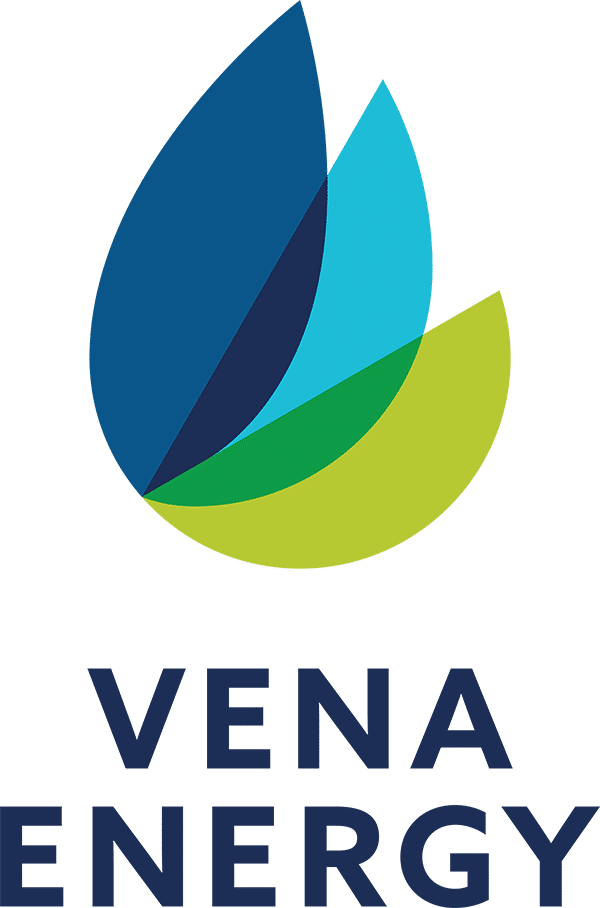

Milestones
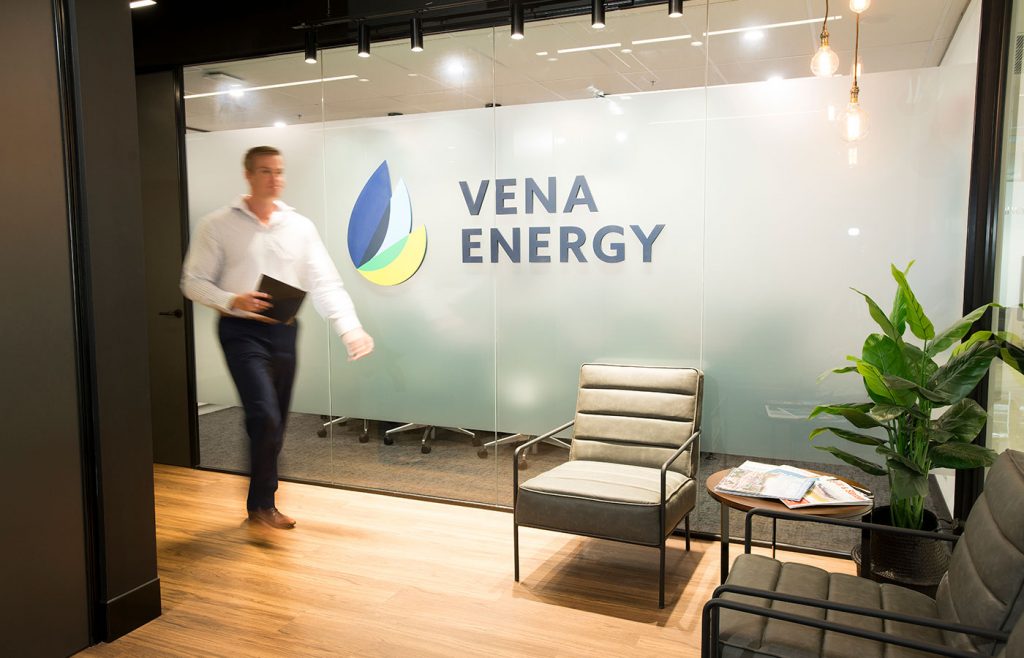
2016
Vena Energy expands into the Australian market from Brisbane in January.
The company attains the Development Approval for the Collinsville North Solar Project from the Whitsunday Regional Council in November.
A highlight of the year is the execution of the Power Purchase Agreement for the Tailem Bend Solar Project with Snowy Hydro.

2017
The Tailem Bend Solar Project is granted Crown Development endorsement by the Department of Planning, Transport and Infrastructure in May.
The team successfully obtains the Development Approval for the Wandoan South Project from the Western Downs Regional Council in August.

2018
Financial Close for the Tailem Bend Solar Project is achieved in February, and the Head EPC contractor partnership with UGL is announced.
The Tailem Bend 2 Hybrid Project receives endorsement from the Department of Planning, Transport and Infrastructure in July.

2019
Following complete construction of the Tailem Bend Solar Project Stage 1, the Australian team and our project partners celebrate a major milestone in May, as the project formally achieves commercial operation.

2020
Construction begins on Queensland’s largest grid-scale Battery Energy Storage System (BESS) at Wandoan South, capable of discharging up to 100 MW and storing 150 MWh of energy, equivalent to powering up to 57,000 Australian homes annually. The project achieves financial close later that year.

2021
The Wandoan South BESS is officially connected to the Queensland grid in June and 100% construction completed in August, representing a significant advancement in the state’s renewable energy infrastructure.
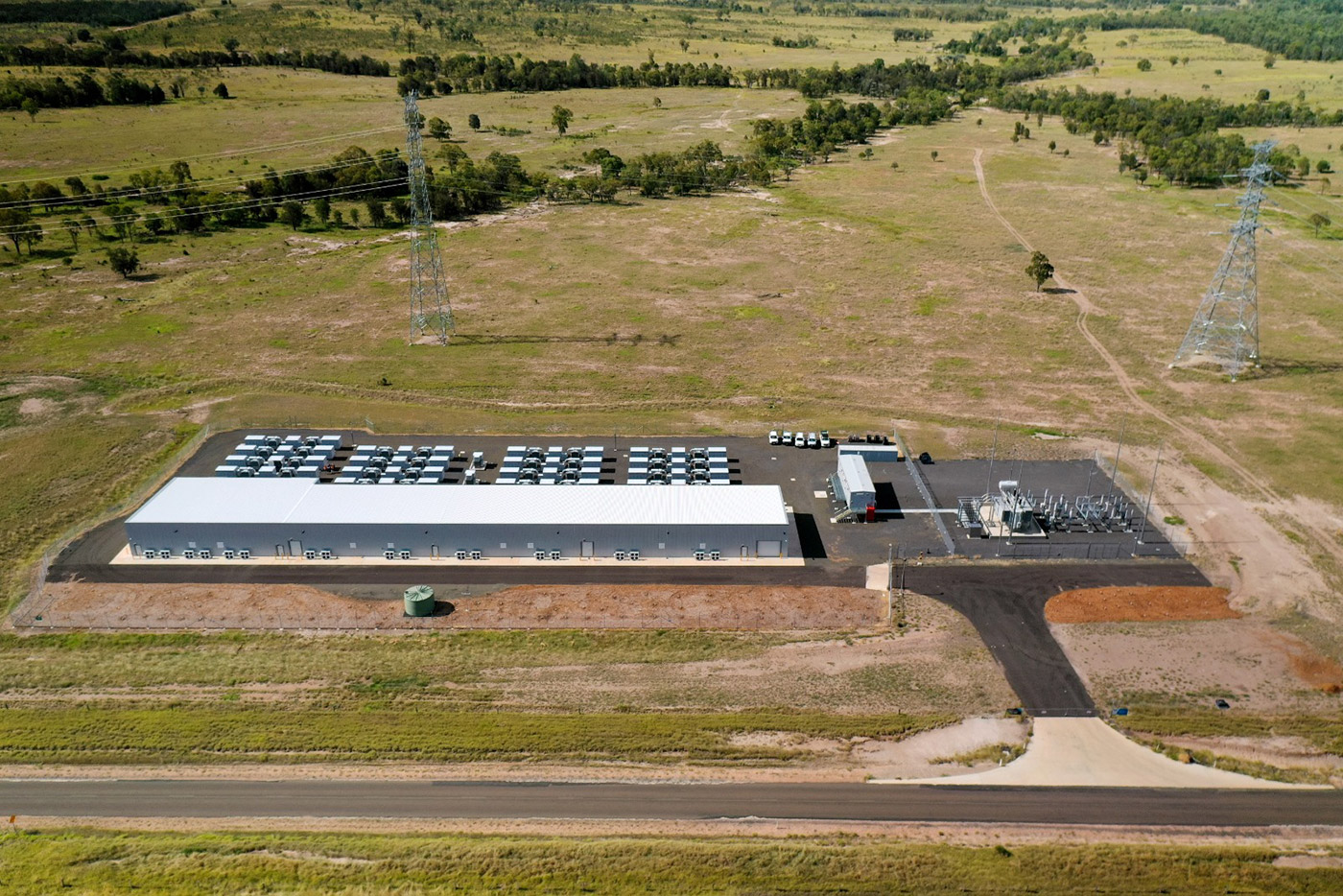

2022
The Wandoan South BESS is successfully commissioned. Construction begins on the Wandoan South Solar 1 Project and Tailem Bend Solar Project Stage 2, and financial close for both projects is achieved in the same year. Finally, the Bellambi Heights Renewable Project Scoping Report is submitted to the Department of Planning and Environment.


2023
The 87 MW Tailem Bend Stage 2 solar farm in South Australia reaches commercial operation, providing clean energy equivalent to powering approximately 35,000 homes annually. When combined with Stage 1, the Tailem Bend solar project now boasts a total generation capacity of 182 MW, significantly contributing to the state’s renewable energy portfolio.



2024
The 125 MW Wandoan South Solar 1 in Queensland reaches commercial operation. Supported by a long-term power purchase agreement with Amazon, the project represents a key component of the broader Wandoan South Project, which is set to encompass 650 MW of solar generation and 450 MW of battery storage capacity.

